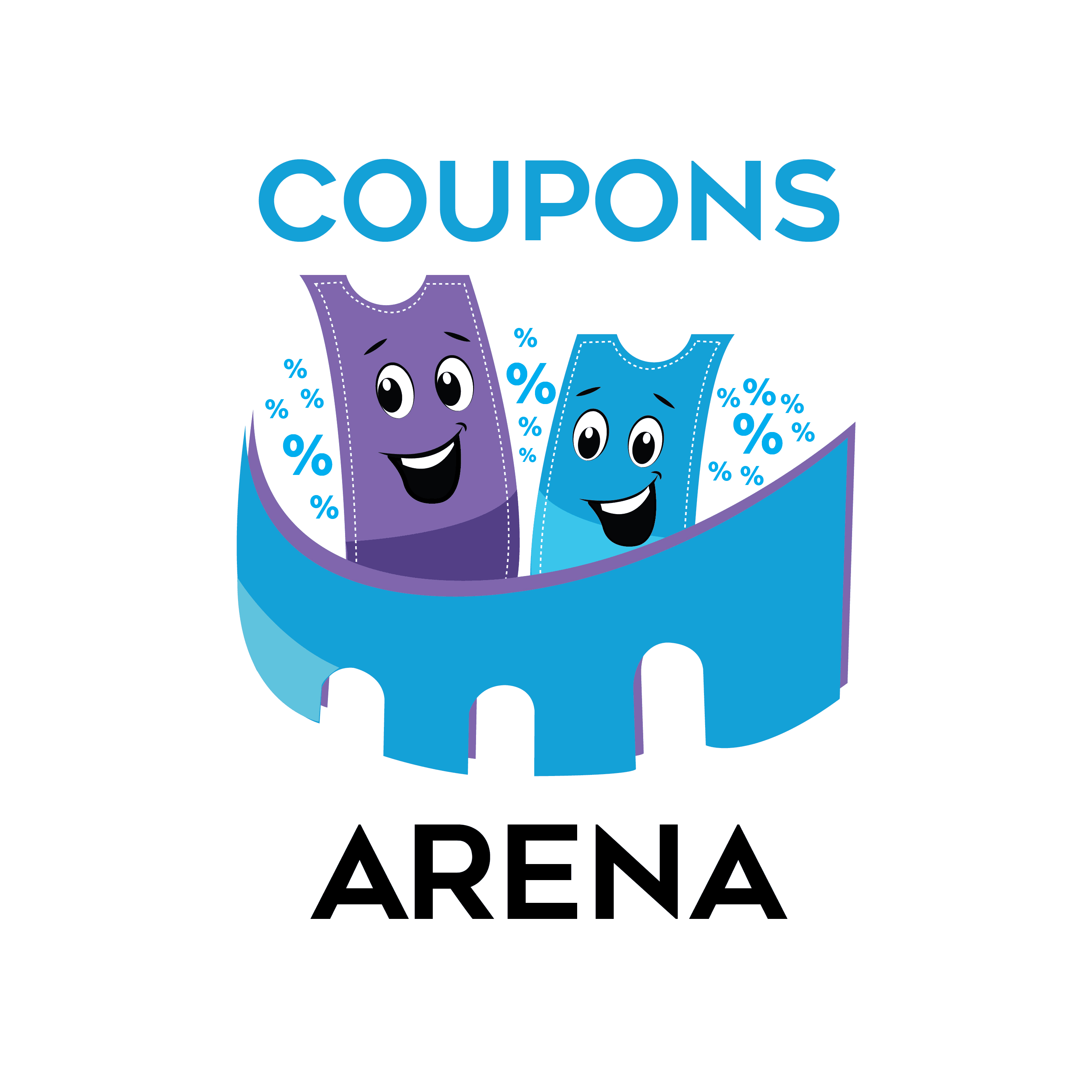
Los Angeles Rain Wildfires: Is LA Still on Fire?
Introduction:
California, a land of breathtaking beauty, faces an annual struggle with wildfires. These fierce blazes, fueled by dry conditions and strong winds, can devastate communities and leave lasting scars on the landscape. However, the story doesn't end with the flames. In the aftermath of wildfires, a new set of dangers emerges: flash floods.
This blog post will delve into the complex interplay between wildfires, rain, and flash floods in California, particularly focusing on the Los Angeles region. We'll explore the current wildfire situation, the heightened risk of flash floods, and provide essential safety tips to help you stay informed and protected during this critical time.
The Devastating Impact of California Wildfires
California wildfires have become an increasingly frequent and severe occurrence. Factors like climate change, drought, and the presence of invasive species contribute to their rapid spread and intensity. These fires not only destroy homes and livelihoods but also have significant environmental consequences, impacting air quality, wildlife habitats, and water resources.
The Connection Between Wildfires and Flash Floods
The aftermath of a wildfire can drastically alter the landscape. Burned areas lose their protective vegetation, leaving the soil bare and susceptible to erosion. When heavy rain falls on this scorched earth, the water has nowhere to go but downhill, often with devastating force.
Increased Runoff: Burned slopes can't absorb water as effectively, leading to a significant increase in runoff. This rapid flow of water can quickly overwhelm drainage systems, causing flash floods in canyons, riverbeds, and low-lying areas.
Mud and Debris Flows: The combination of water and loose soil can create destructive mud and debris flows. These fast-moving torrents of mud, rocks, and other debris can bury roads, homes, and even entire communities.
Increased Risk of Landslides: Burn scars weaken the stability of slopes, making them more prone to landslides, especially during heavy rainfall.
Are the California Fires Still Burning?
The wildfire situation in California is dynamic and constantly evolving.
Check for Updates: Reliable sources for the latest information on active wildfires include:
Cal Fire: The official website of the California Department of Forestry and Fire Protection provides real-time updates on current fires and fire activity.
National Weather Service: The NWS provides weather alerts, including flash flood warnings, and crucial information related to fire danger.
Local News: Stay informed by following local news outlets for the latest updates on wildfires and their impact on your community.
Flash Flood Warnings in Los Angeles: What You Need to Know
Los Angeles County is particularly vulnerable to flash floods, especially after wildfires.
Be Prepared:
Develop an Evacuation Plan: Identify escape routes and designate a safe meeting place for your family.
Create a Go-Bag: Prepare an emergency kit with essential supplies like water, non-perishable food, medications, flashlights, and a first-aid kit.
Sign Up for Alerts: Register for emergency alerts through your local government or wireless emergency alert systems.
During a Flash Flood Warning:
Seek Higher Ground: Immediately evacuate low-lying areas, riverbeds, and canyons.
Avoid Driving: Never attempt to drive through floodwaters. Even a few inches of water can sweep a vehicle away.
Stay Informed: Monitor local news and weather alerts for updates on the situation.
Protecting Yourself and Your Loved Ones
Be Mindful of Your Surroundings: If you live in a fire-prone area, be aware of the potential for flash floods, especially during and after rain events.
Inspect Your Property: Check for potential hazards like clogged drains, unstable slopes, and debris that could obstruct water flow.
Support Fire Prevention Efforts: Be mindful of fire safety practices, such as properly disposing of cigarettes and avoiding outdoor burning during dry conditions.
Conclusion: Staying Safe in a Changing Landscape
Living in California requires an awareness of the ever-present threat of wildfires and their potential for triggering devastating flash floods. By staying informed, preparing for emergencies, and following safety guidelines, you can significantly reduce your risk and protect yourself and your loved ones. Remember, vigilance and preparedness are key to navigating these challenging times.
Call to Action:
Share this information with your friends, family, and neighbors to help spread awareness about the dangers of flash floods and encourage community preparedness. Together, we can build a more resilient and informed community that is better equipped to face the challenges of wildfire season.
